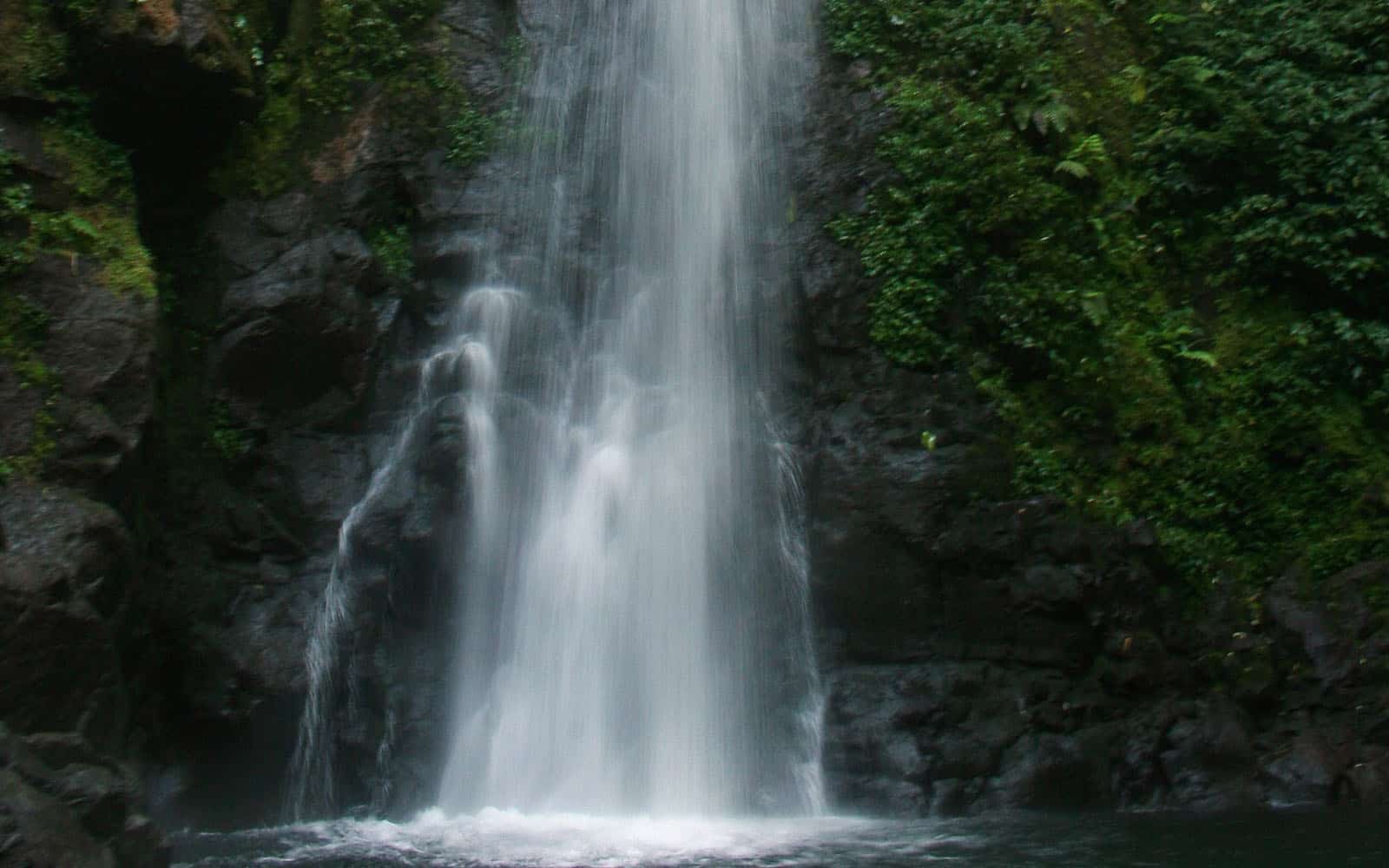Sea turtles in Costa Rica face threats from poachers when they come ashore to lay their eggs, but another threat comes from the water itself. Rising sea levels in the Caribbean are washing away valuable beaches where many of these endangered animals lay their eggs, noted a new report on climate change vulnerability in Costa Rica on Friday.
Sea turtles aren’t the only ones facing future threats from climate change. A new report estimates that a lack of rainfall and rising sea levels from climate change threaten an “alarming” number of Costa Rica’s indigenous flora and fauna and human access to potable drinking water. The report was funded by the U.S. tropical forest conservation debt relief fund and administered by Costa Rica por Siempre and the German Society for International Cooperation (GIZ). It was presented at the Mesoamerican Protected Areas Congress in San José.
According to the report, 70 species of flora and 348 species of fauna in Costa Rica are under threat from changing rainfall patterns and rising sea levels.
The study’s authors hope that municipalities and ministries use the comprehensive environmental forecast to lay the foundation for a national climate change adaptation strategy to head off the worst effects of rising sea levels and drought.
The study’s findings already are in use in the management plans of 10 coastal reserves, according to Michael Schlönvoight, GIZ representative and director of the Marine and Coastal Biodiversity and Climate Change Adaptation project.
Northern regions of Costa Rica, including Huetar Norte, Tortuguero, Guanacaste and Tempisque, are among seven of the 34 areas studied that could see their stores of potable water decrease by as much as 85 percent due to falling levels of precipitation and poor water management, according to the findings. These increasingly dry regions face risks like drought, more frequent forest fires and a loss of native vegetation.
Costa Rica por Siempre Director Zdenka Piskulich said the greatest challenge moving forward was making Ticos aware that the current problem of water scarcity plaguing the Central Valley and Guanacaste will be irreversible in a few years if nothing is done.
The United Nations reported that 20 percent of the world’s aquifers are believed to be overexploited, and some 2.3 billion people will live in regions that face severe water shortages by 2050, according to a U.N. statement.
Experts told The Tico Times that communities need to consider the report’s scenarios. Coastal cities including Puntarenas, Chacarita, El Roble, Barranca, and Golifito on the Pacific, and Limón and Cahuita on the Caribbean could all face potential flooding from rising sea levels, the report noted.
Schlönvoight said that the tourism sector and local municipalities that rely on national parks threatened by climate change need to take a long-term approach to how they decide to develop their communities.
“The tourism industry has its head in the clouds about this, and they’re the ones with the most to lose,” Schlönvoight said. The GIZ representative added that as coastal parks lose shoreline to rising sea levels, communities encroach closer to park borders, boxing in the dwindling national park land and the animals that live there.
Gustavo Induni, national research coordinator for the National System of Conservation Areas (SINAC), agreed, noting that local decisions about how to develop land in parched parts of the country often do not consider the true value of their water.
“Right now, there are golf courses [in Guanacaste] watered with valuable clean drinking water from scarce underground aquifers,” he said. The SINAC researcher added that national parks and other protected lands play a critical role in collecting and filtering water that eventually trickles down into freshwater aquifers, which often provide the cleanest drinking water.
Induni said that there were ways to adapt to shrinking supplies of water, including recharging aquifers with direct injections of water into the subterranean rock formations, or even costly desalination facilities, which filter salt out of seawater until it’s potable.
While humans can take steps to head off climate change, much of the flora and fauna for which Costa Rica is famous cannot.
“Life is always changing and adapting but we need to prepare ourselves for the possibility of a significant loss of plant and animal diversity” in the coming years, Induni told The Tico Times.
Financial support for the study came from the U.S. government’s tropical forest conservation fund, a $27 million fund based on debt relief in exchange for tropical forest conservation administered by Costa Rica por Siempre; and GIZ, an international cooperation wholly owned by the German federal government.






